Auburn is a town at a crossroads. Interstate 80 passes through from the Sierra Nevada Mountains, the desert of the Great Basin and the nation eastward, and west to San Francisco. It was the main route migrants traveled coming west, seeking their fortunes during the California Gold Rush. The highway is intersected in Auburn by the trail that connected the mining camps, now known as Highway 49, running north and south through Gold Country. 1849 was the year the gold rush began in earnest, the miners called 49ers. Both highways are crossed, at points walking distance from one another, by the First Transcontinental Railroad. There isn’t a place where more history converges in the story of the migration of Americans into the far West.
The Transcontinental Railroad, above c. 1912,
and below, crossing I-80, the road West.
Auburn has also been a crossroads for my family. My great great grandfather, with his brother and cousin, joined the rush for gold. My great grandparents and grandparents passed through on their way to San Francisco, not long after the turn of the 20th century, from New York, Wyoming and South Dakota. Since the 1950s, we’ve lived up and down Highway 49 in Gold Country, as I do now, in Grass Valley, 20 miles to the north.
Old Post Office, below left, Placer County Courthouse overlooking Old Town Auburn.
These days, Auburn is a utilitarian place for me, pleasant enough to pass through to visit my mother and son, or for runs to Home Depot and Target, but never really a destination itself. Last month I had an appointment at Auburn Toyota to have 3 recall notices addressed. Since it appeared I’d be struck there for the day, I realized I could add it to my list of towns in the Gumbo Gold Country series. Searching online for inspiration, I learned that the impetus for the creation of the town of Auburn during the California Gold Rush was identical to my own reasons for going there. The town was built at the crossroads by merchants supplying the mining camps that sprang up all over the Sierra foothills. From the perspective of the 21st century, its historic center appears much the same as other early towns with its mid-19th century buildings, but the beginnings were somewhat different and from the start, Auburn was a utilitarian place.
Auburn's original firehouse, moved to make way
for widening of the highway, just beyond.
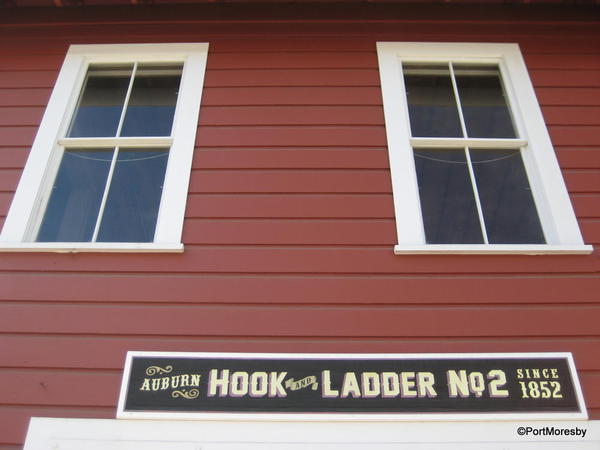
I dropped my car off and was given a lift into Old Town. It was early, a beautiful spring-like day, most of the shops not yet open and I took a number of pictures standing safely in the middle of the quiet streets. I’d been there before but never alone, and with hours to spend, had time to appreciate the details.
Placer County Courthouse
The Placer County Courthouse sits on the crest of a hill, overlooking Old Town. The terrain is steeply sloped and sidewalks often turn into staircases. There’s flatter ground not far away and it made me wonder why they chose the most precipitous spot to build the town. I climbed the hills and stairs and walked in a kind of spiral upward until I reached the courthouse. The impressive building, completed in 1898 and the second on the site, was even more commanding up close with no other structures on its hilltop. On approach, one must look up to see it, magnifying the already powerful effect. I suspect the designer had that very thought in mind, intimidating even the innocent.
Auburn’s first post office opened in a general store in 1852 and the United States government began mail service from San Francisco the following year. The story of the town’s incarnations is much the same as others built of wood. In 1855, and again in 1857, fire destroyed many of the buildings and were replaced by the brick structures we see today.
In 1864 the first Chinese workers were hired to augment the workforce for the Central Pacific Railroad Company in California and in 1865 the railroad reached Auburn. Vestiges of Chinese communities remain in many towns around California, including Auburn. In 1912, trestles were built to take trains over the 2 main roads through town. Most of the original transcontinental railroad is still in service today through the Sierra Nevada and Rocky Mountains, a spectacular journey I took from Denver nearly 20 years ago. In 1956 President Eisenhower signed the Federal Highways bill, which led to widening of the old east-west highway and the name change to Interstate 80. The population of Auburn today is about 14,000.
The Joss House Museum, evidence of Auburn's Chinese community.
I’d planned to have lunch and walk the mile back to my car in the afternoon. But just over 2 hours after I’d arrived in Old Town, my phone sang, I was told my car was ready and my ride would be sent to fetch me. That was fine with me and the timing was perfect. I was sitting on a bench about half a block from where I’d begun, images captured, and perfectly happy to be on my way back to Grass Valley.
Private Homes, below, in Old Town Auburn.
For others in PortMoresby's Gold Country, California series, click here.
And here for all of PortMoresby’s contributions.


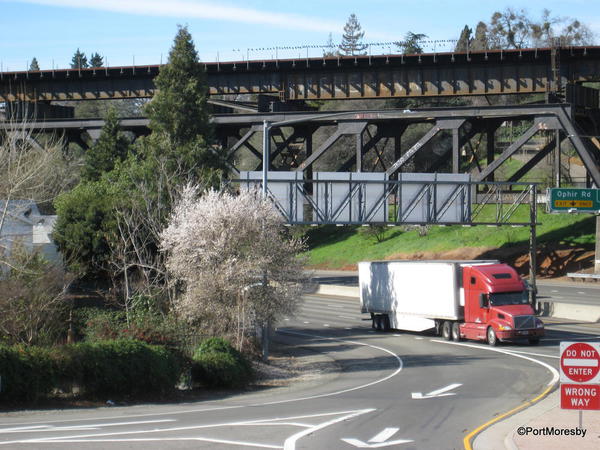
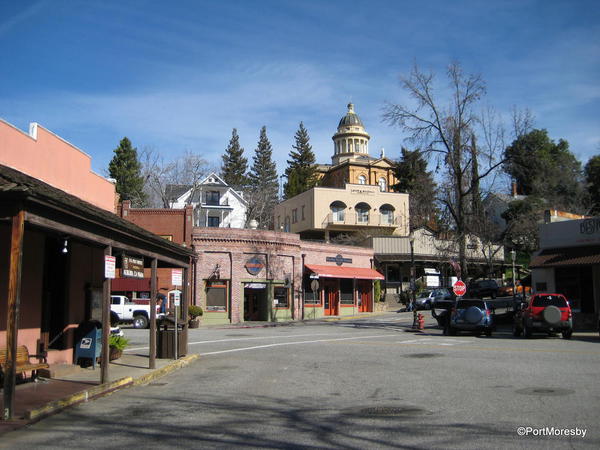
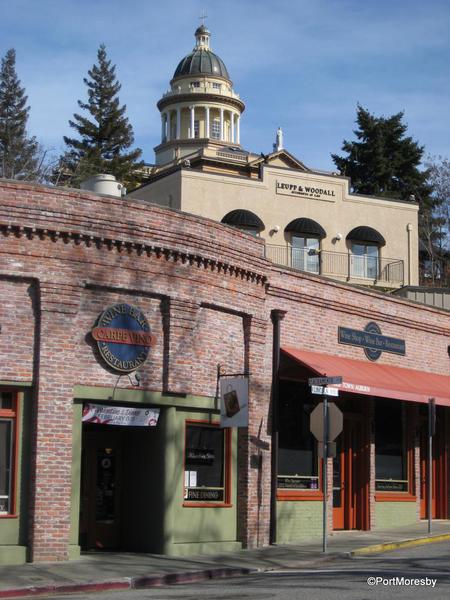
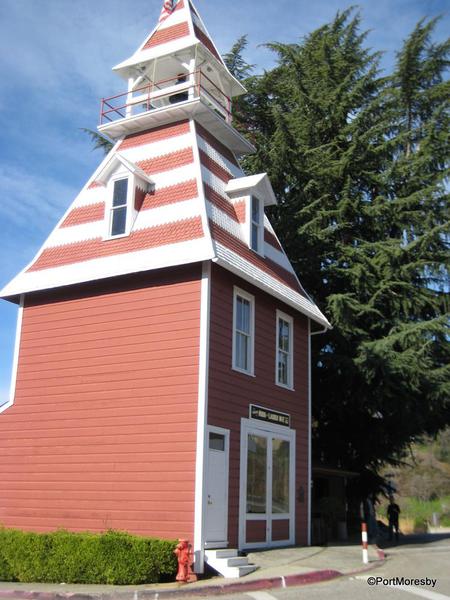
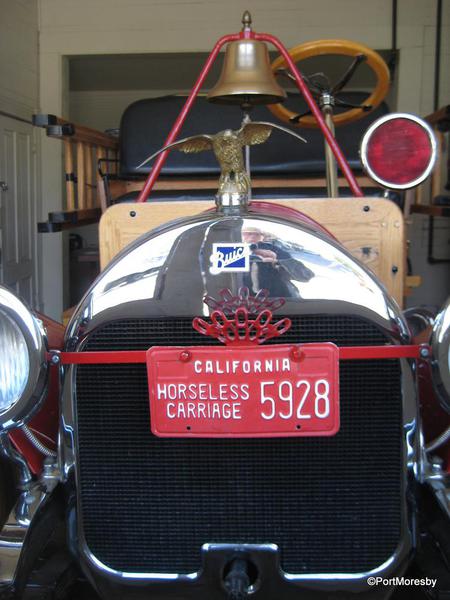

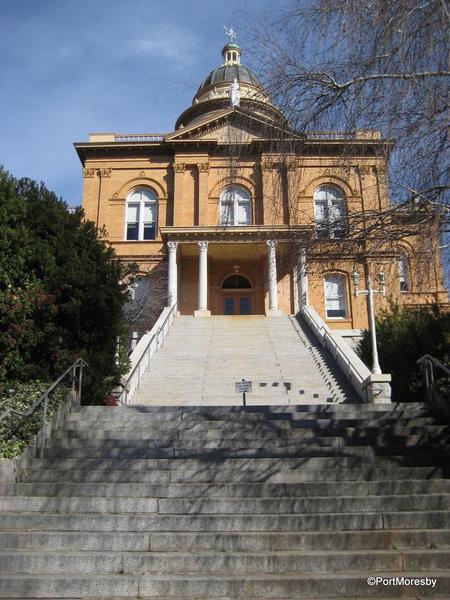

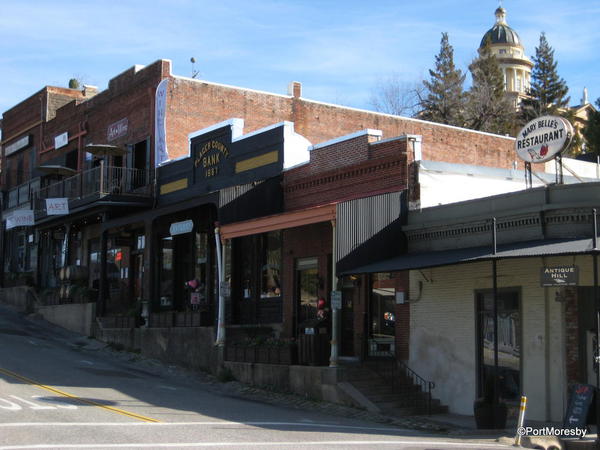

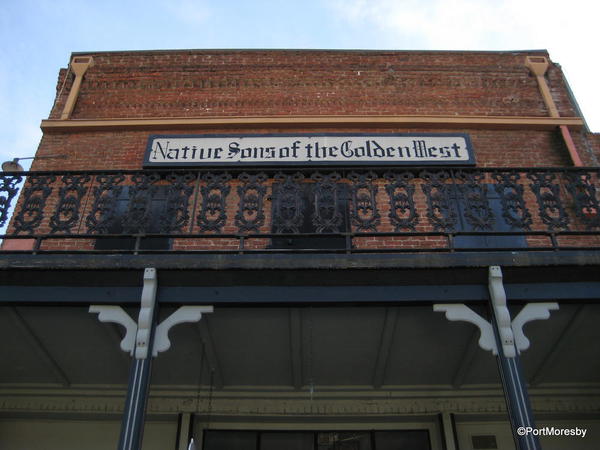
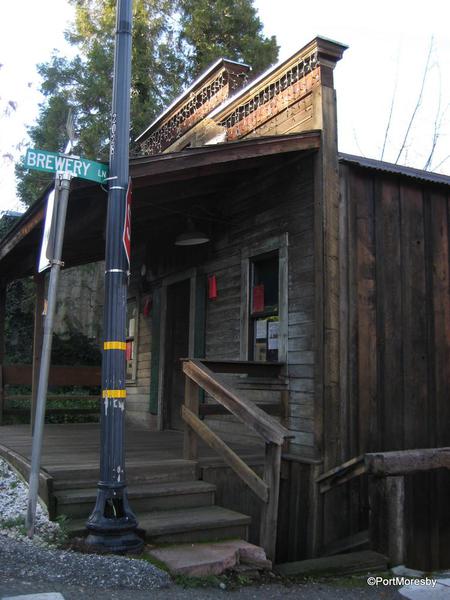
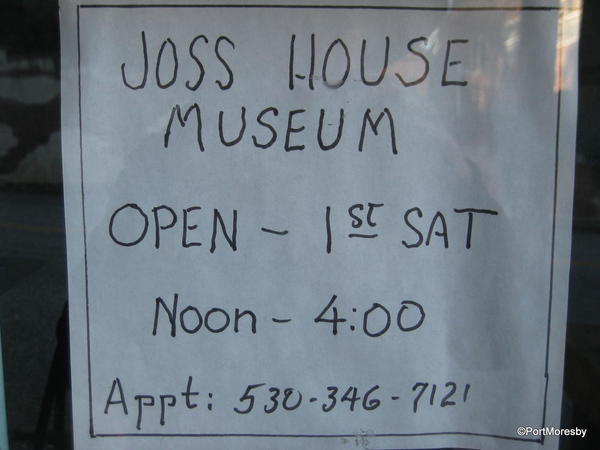
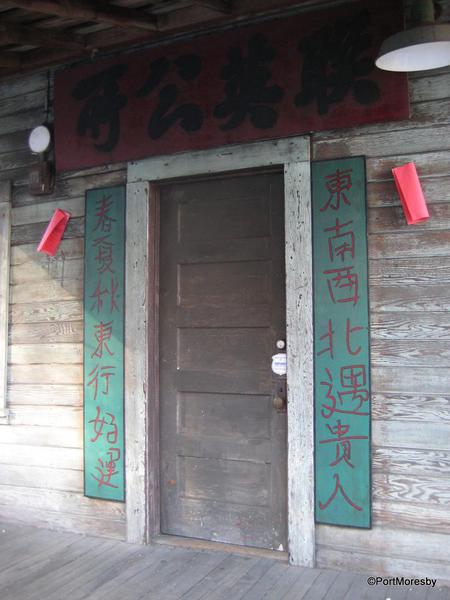
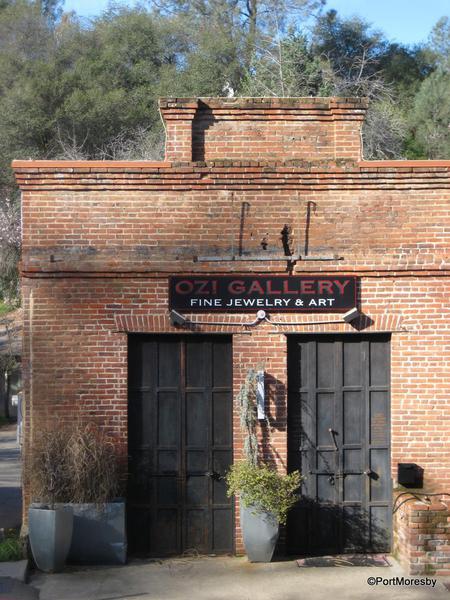
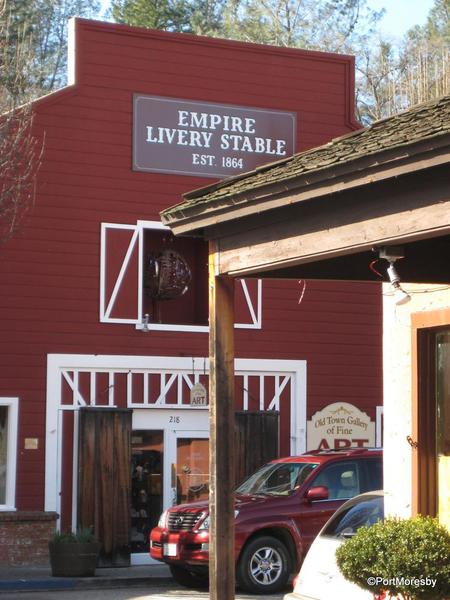
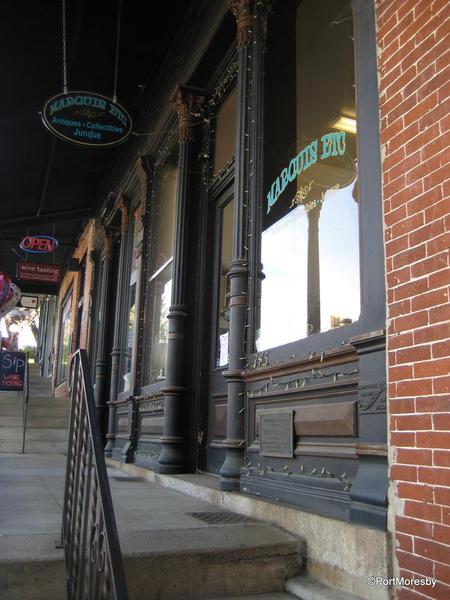
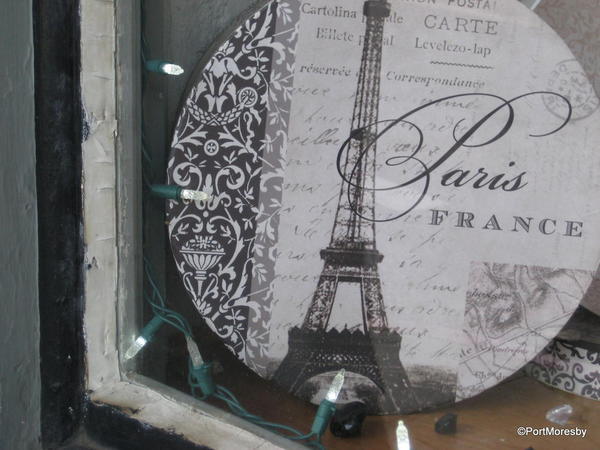
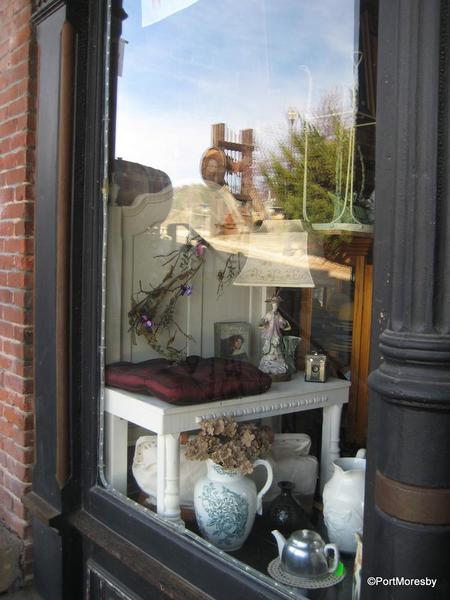
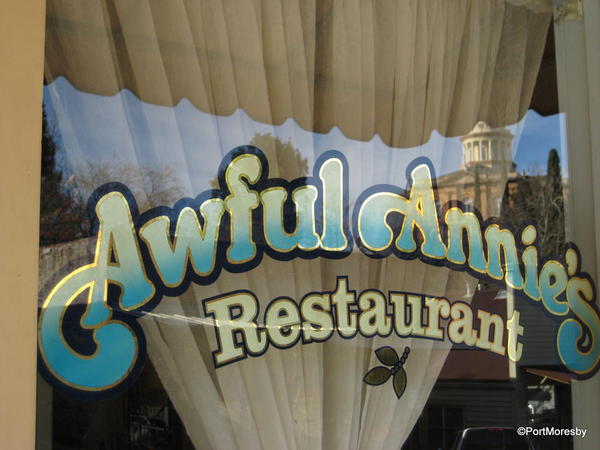
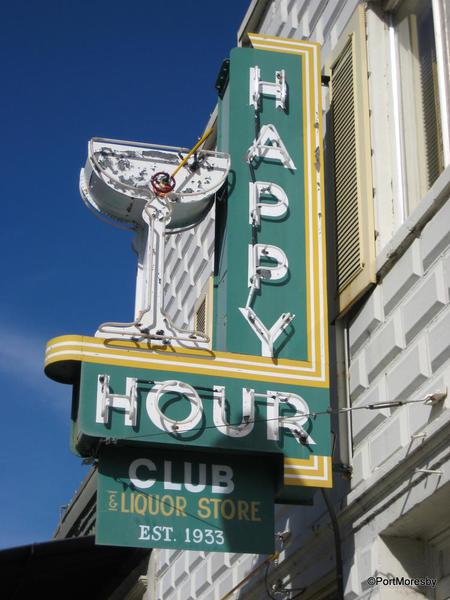
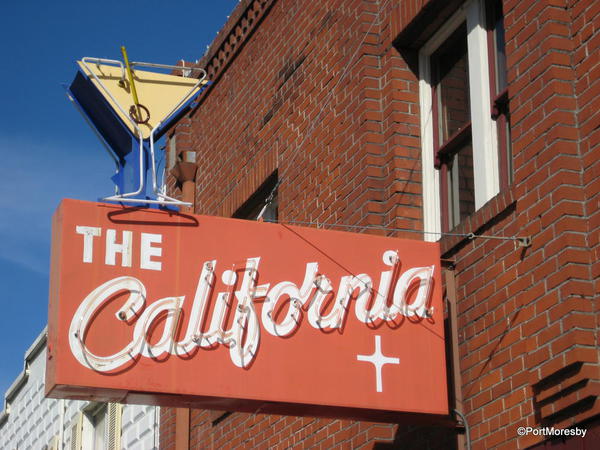
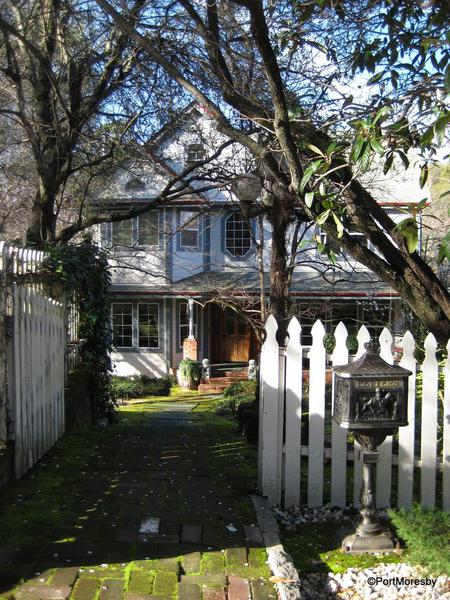
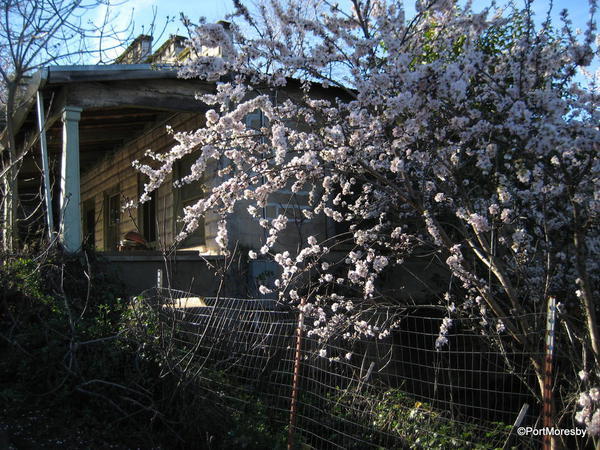
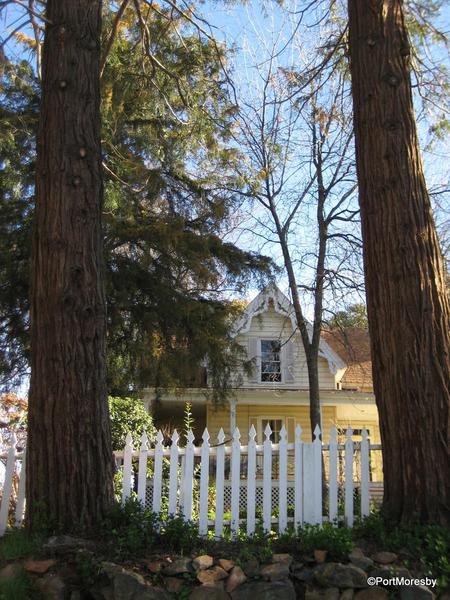
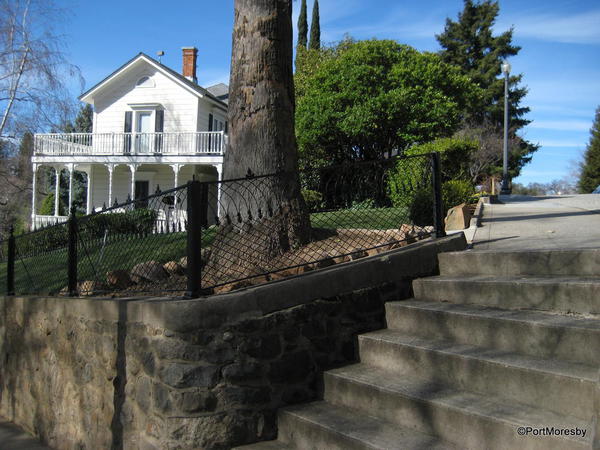
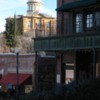



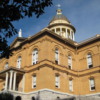



















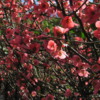






Comments (2)